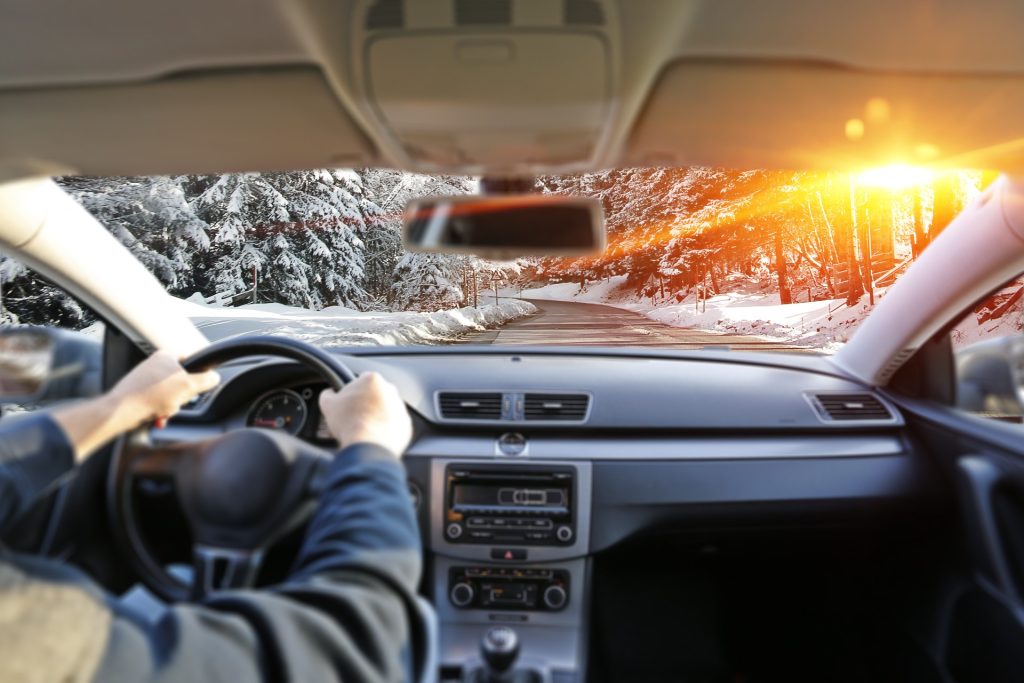A new survey reveals that 7 out of 10 drivers have experienced being blinded by low-hanging winter sun.
Others are reading now
A recent survey conducted by YouGov for the Norwegian insurance company Gjensidige reveals that 7 out of 10 drivers have experienced being dazzled by the low-hanging sun during autumn and winter traffic.
This glare, particularly common in the colder months, can affect road safety by reducing visibility and making it harder to detect other road users and surroundings.
“When the sun is low and shines directly into the windshield, it becomes difficult for drivers to see other vehicles, cyclists, and pedestrians,” says Gjensidige’s claims director, Lene Rasmussen, in a press release.
Also read
Driver Discomfort
Low sunlight not only reduces contrast on the road but also creates discomfort for many drivers. According to the survey, over half of drivers report feeling insecure or uncomfortable when driving under such conditions.
“It can be unsettling to be suddenly dazzled while driving,” Rasmussen explains. “To stay safe, it’s important to drive more cautiously, maintain a greater distance from the vehicle in front, and, if necessary, reduce your speed.”
The issue isn’t limited to the windshield — sunlight reflecting off the rear window can also impair visibility. Drivers are reminded that oncoming vehicles might face the same challenges, so extra awareness is crucial.
Tips for Handling Low Sunlight
To reduce risks associated with low sun, Rasmussen recommends always keeping sunglasses in the car, even in winter.
“Sunglasses aren’t just for summer—they’re incredibly helpful during low-light situations,” she says.
Drivers can also minimize glare by keeping car windows clean, both inside and out. Dirty windows can amplify glare and make it harder to see.
Lastly, it’s a good idea to plan trips to avoid driving during times when the sun is at its lowest angle in the sky. Being proactive can help reduce discomfort and prevent potential accidents related to low sunlight.

